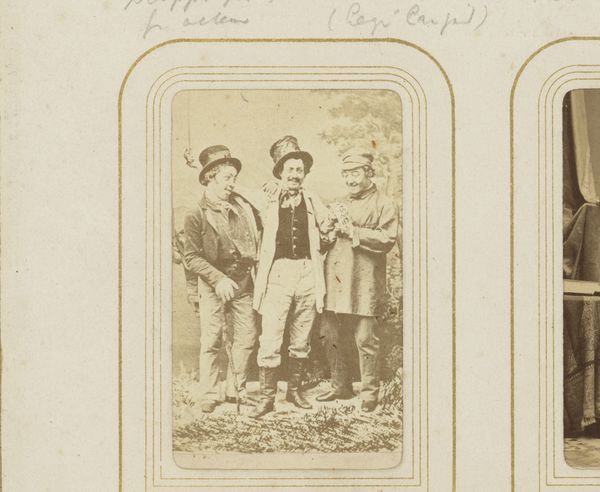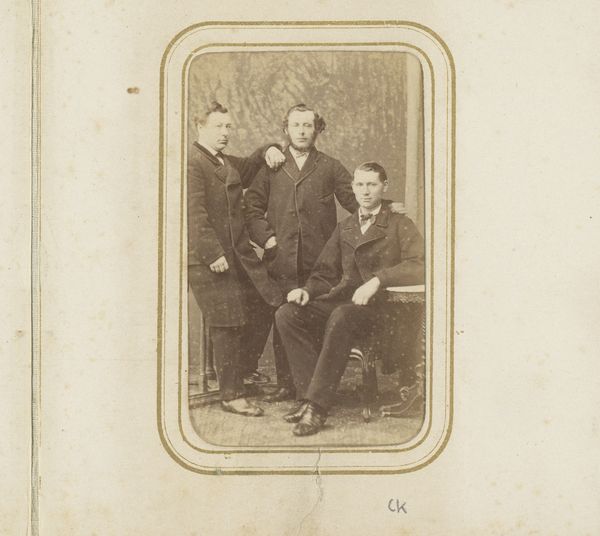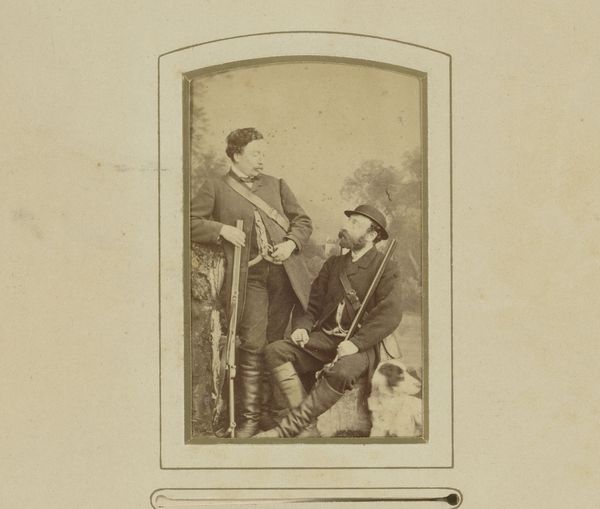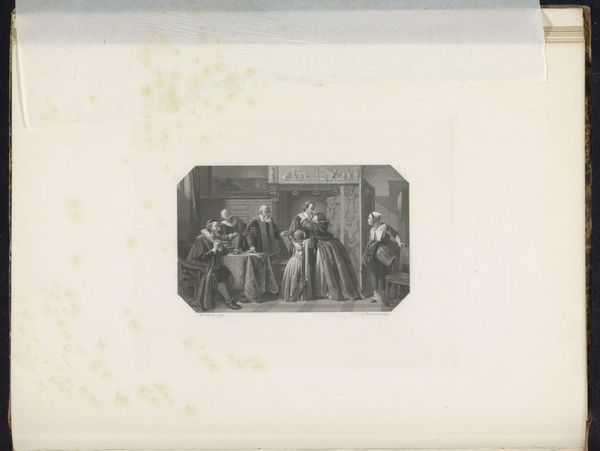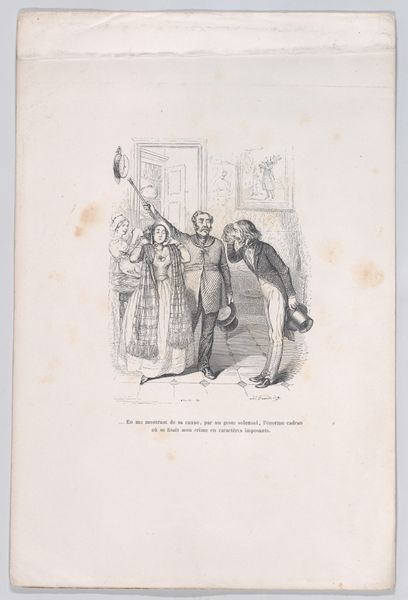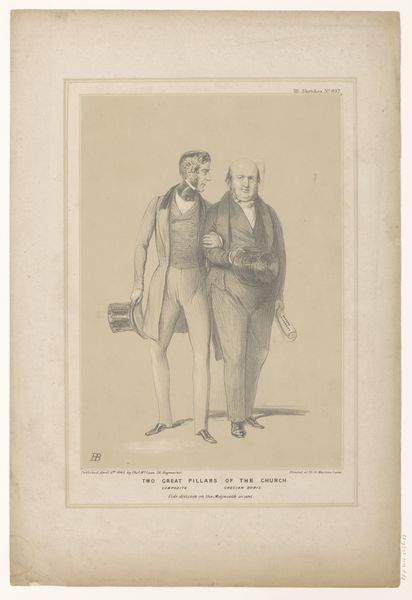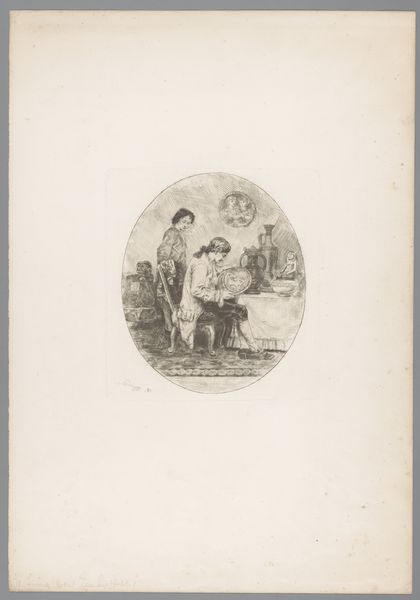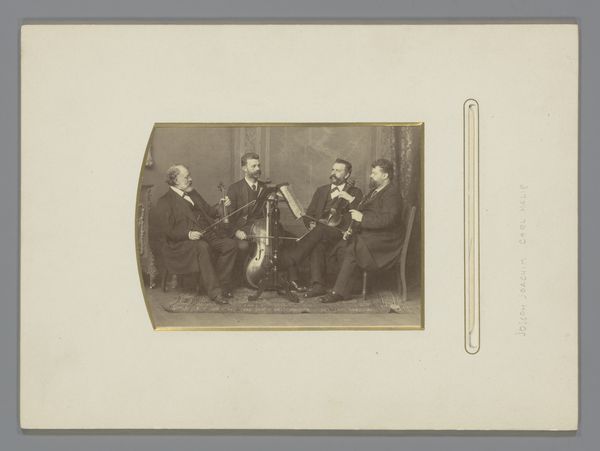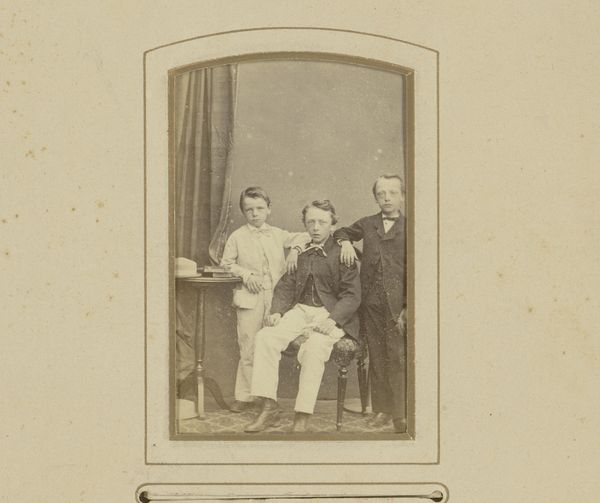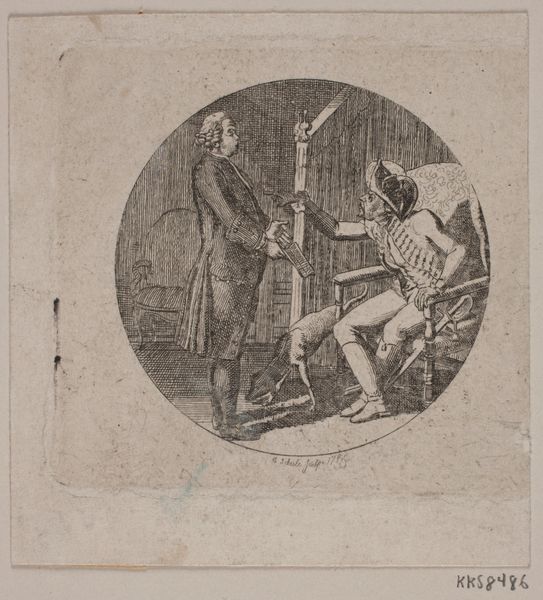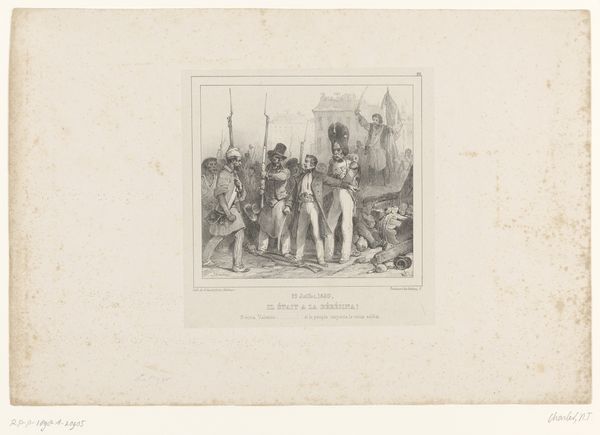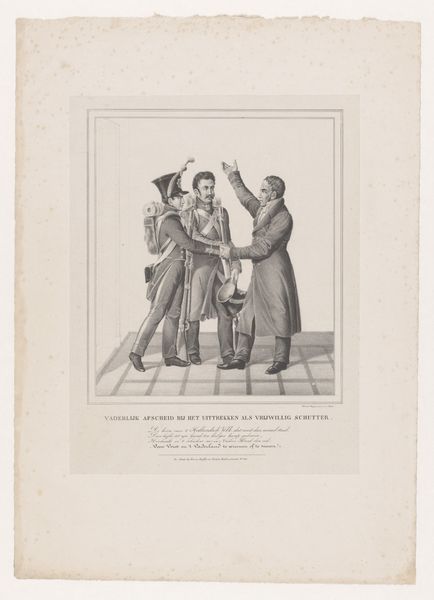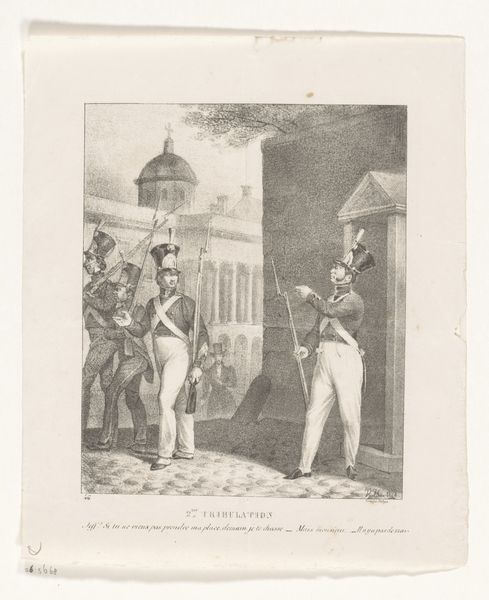
Victor Emmanuel II King of Sardinia, Giuseppe Garibaldi and Camillo Benso, Count of Cavour 1860s
0:00
0:00
Dimensions: 7.4 × 5.6 cm (image/paper); 9.8 × 6.4 cm (mount)
Copyright: Public Domain
Editor: So, this is "Victor Emmanuel II King of Sardinia, Giuseppe Garibaldi and Camillo Benso, Count of Cavour" from the 1860s, at the Art Institute of Chicago. It's a silver print. It’s quite a formal composition. What do you see in this piece beyond a historical record? Curator: Well, on the surface, it’s a seemingly straightforward portrait, but I think we have to consider the narrative that it implicitly promotes about Italian unification. Look at these three men: a monarch, a general, and a statesman. Consider how they each represent different, yet intersecting, aspects of power in mid-19th-century Italy. It suggests a collaborative endeavor, yet each man brings his own social and political context to the table. What power dynamics are at play here, visually and politically? Editor: That's interesting. The handshake does seem to reinforce that "collaborative endeavor." But could that just be a front? Curator: Precisely! Consider the complex negotiations and compromises required for unification. Whose interests were truly being served? The print's romanticized portrayal might obscure deeper class tensions and regional inequalities that unification both masked and exacerbated. Moreover, who is noticeably missing from this image? Where are the voices of the working class, of women, of the diverse regional cultures? Editor: So it's both a record and a carefully constructed message? Curator: Exactly! A message about power, unity, and, perhaps, erasure. We have to consider the image's intended audience and the sociopolitical function it served within that context. Understanding what isn't represented is just as crucial as understanding what is. Editor: This has given me so much to consider. It is like peeking behind a carefully built historical narrative. Curator: Indeed. By critically examining these seemingly straightforward historical documents, we gain invaluable insights into the complexities of power, identity, and representation.
Comments
No comments
Be the first to comment and join the conversation on the ultimate creative platform.
